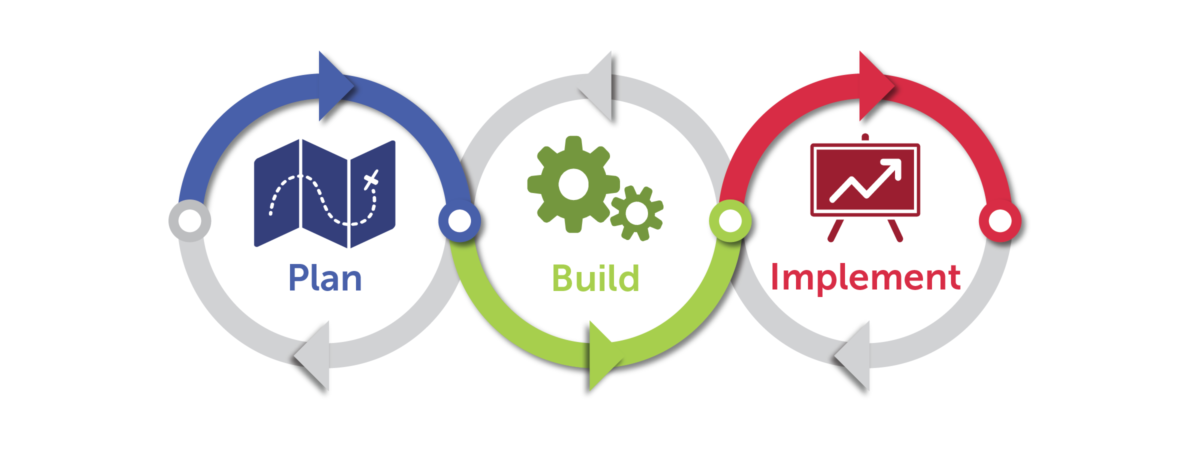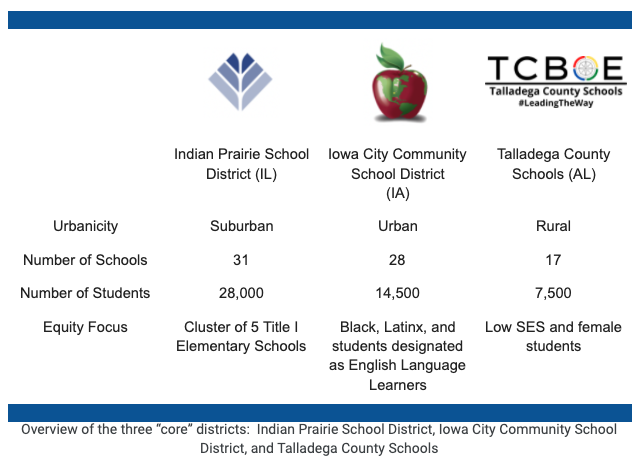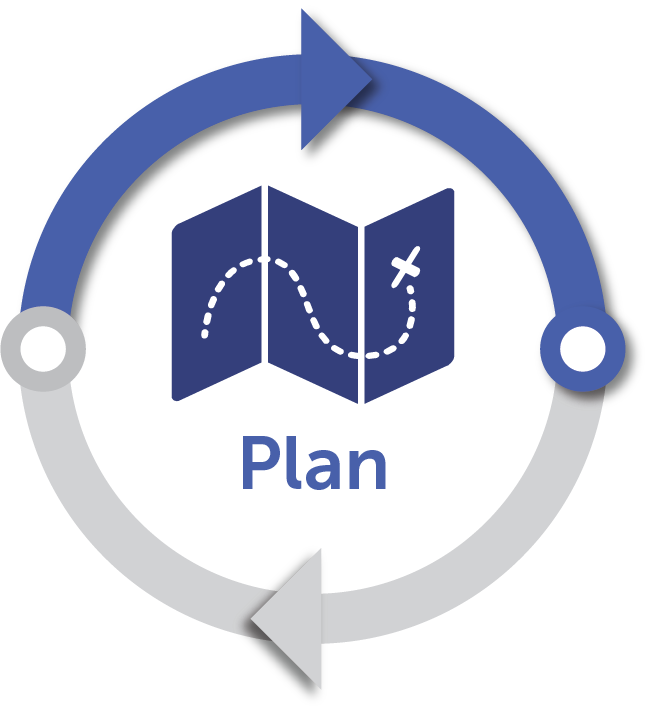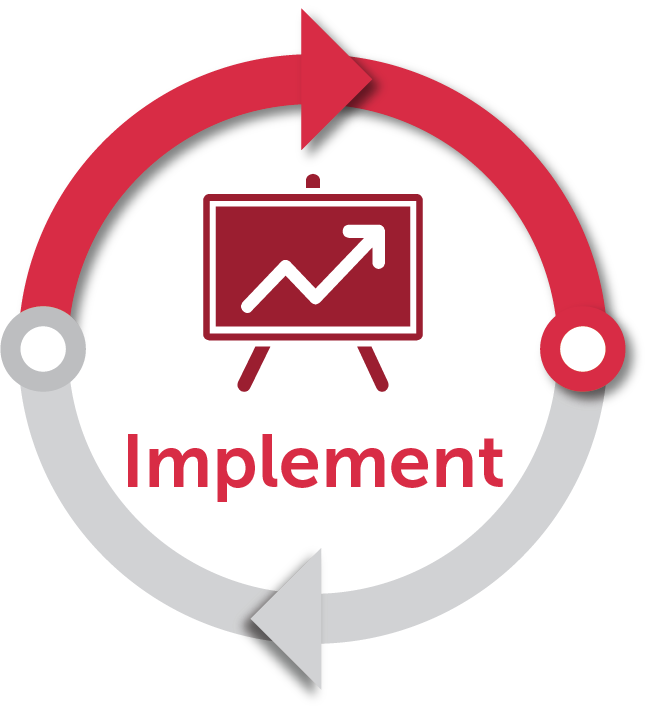
Starting in 2018, three districts in the League of Innovative Schools have worked with Digital Promise researchers to answer this question. The districts, Indian Prairie School District (IPSD), Iowa City Community School District (ICCSD), and Talladega County Schools (TCBOE) agreed to share their experiences to give others a glimpse into what went into designing inclusive computing pathways (CT Pathways) that were district-specific and district-driven.

Before beginning any work to define the content (the “what?”) or the teacher professional development (the “how?”) of their respective pathways, each district started with the “why?”: Why are we doing this? Who are we intending to reach with such a K-12 pathway? To answer this, all districts started by identifying who was not getting access to high-quality computing activities and coursework in their districts. For example, in Talladega, the district centered their inclusivity challenge on ensuring young women and students from low socioeconomic backgrounds—students who were consistently underrepresented in the district’s computing and STEM courses—were more aware of computing as a creative activity and potential career pathway.
With their respective inclusivity challenges acting as the foundational “why” underpinning their pathway development, each district then identified developmentally appropriate CT practices and integration opportunities at each grade level. Each district navigated their process differently and developed context-specific pathways. While the districts moved at their own pace and focused on different aspects of CS and CT, they all proceeded through three phases of pathway development (and regularly consulted each other and compared notes during each stage).
 Planning
PlanningTo get the ball rolling, the districts made choices about the structure and content of their pathway, including developing a shared understanding of CT and identifying a leadership team. During the planning phase, districts formed a leadership team to identify existing CT work at the district level as well as existing standards in the state that would be appropriate to map their curriculum. During this stage, Indian Prairie School District, like the two other districts, recognized they already offered a variety of courses focused on digital technology but specifically needed to engage students at earlier ages in underlying computing concepts.
 Building
BuildingNext, districts moved to the building phase to produce a pathway document, which included identifying the key CT competencies to target in the pathway. A small team at Iowa City Community School District developed an initial draft of the CT Pathways competency map by collaborating with a group of Digital Promise researchers. The team worked to align to Iowa Computer Science Standards, which incorporate the Computer Science Teachers Association Standards (CSTA) and Iowa CORE Standards. This participatory process enabled them to develop a feasible plan for implementation.
 Implementing
ImplementingIn the implementation phase, districts focused on gathering feedback from teachers and making adjustments to their pathway documents. Talladega County Schools acknowledged that disparities in computing participation and achievement had persisted, despite their development of an inclusive CT pathway. Understanding the crucial role middle school teachers have in keeping students engaged and centering the needs of young women and students from low socioeconomic backgrounds more intentionally, the district collaborated with Digital Promise researchers to facilitate equity conversations among teachers.
These three districts are like hundreds of other school districts nationwide that are actively pursuing coding, computer science, and computational thinking skills for their students. What makes them stand apart is a common commitment to promoting greater inclusivity and equity from the outset, as well as a shared process for developing and refining their individual pathways.
Digital Promise is now engaging six additional districts that have joined the effort to design and share their own pathways. In addition, we have developed the CT Pathways Toolkit as a resource for school districts to guide them in the articulation and design of their own system-wide K-12 learning pathway in computational thinking and computer science.
Is your district and/or school ready to take the next step and claim greater ownership of equitable CS and CT education? If so, get in touch with us at CTPathways-DP@digitalpromise.org.
Want to know more about CT Pathways? Find more resources here:
This material is based upon work supported by the National Science Foundation under Grant No. 1837386. Any opinions, findings, and conclusions or recommendations expressed in this material are those of the author(s) and do not necessarily reflect the views of the National Science Foundation.

We want to hear from you!
Please take this 5-minute survey and help us serve you better.
